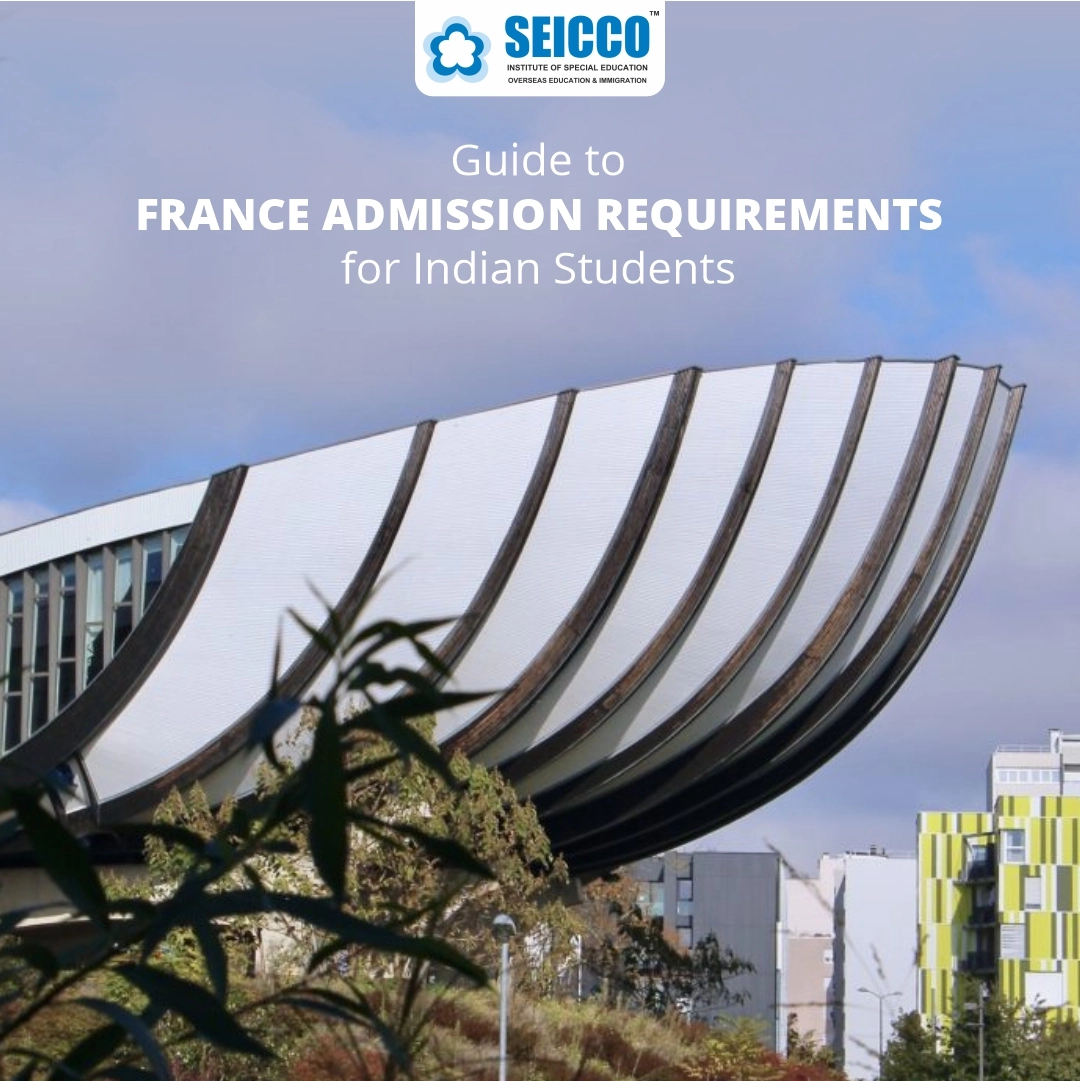Do American universities accept 15 years of education for post-graduate degrees?
In the American education system, each student completes a minimum of 16 years of education before doing their post-graduate degree. This includes 12 years of schooling and 4 years of undergraduate. This is why most universities in the US require international students to have completed 16 years of education before applying for postgraduate degrees. However, since a lot of countries in Asia as well as Europe, have only 3 years of undergraduate education, a lot of colleges in the US also accept 15 years of education. This depends a lot on the credit requirements of your chosen programme, the rules of your selected university and department, as well as on the credits you have accumulated in your education thus far.
Some universities accept 15 years, if they are supplemented by online courses, job experience or other extra-curriculars, while others may not have such criteria. Since the answer to this question varies in each individual case, it is best for international students to consult with academic advisors or admissions team members in their chosen university to get clarity regarding eligibility criteria.
What are the options to finance an education in the US?
Completing higher education may be a dream to many, but not all are able to see this dream come to life, because of the financial aspect. Most American universities have hefty tuition fees, which when coupled with airfare, domestic travel, accommodation and other living costs, make for a significant financial burden. Those students that are financially strong, can use their family’s or extended family’s personal funds to bear the costs and complete their education.
However, in case a student is facing financial troubles, there are a few ways in which this burden can be lessened to some extent. There are various types of student loans available from private and commercial banks that are specifically made for individuals wanting to study abroad. Students should conduct a thorough research into the terms of these loans, the interest rates, the period of repayment, etc. and choose the plan which suits them best.
Apart from this, there are lots of scholarships, grants and other financial aid plans that international students can make use of to fund their higher education. Students can research and find out any private or government funded scholarships that they may be eligible for. Furthermore, once they receive admission from their desired university, they can apply for a need or merit-based scholarship to the university as well. However, scholarships are very competitive and students must make their application stand out, and send it in as soon as possible.
What are prerequisite tests I need to give for eligibility?
In college applications, apart from personal essays, SoPs, and academic transcripts, there are also certain tests that international students must appear for, in order to be eligible for admission. These tests can largely be divided into admission tests and language proficiency tests.
Admission tests vary according to the educational level as well as the programme you are applying for. Certain common admission tests are GMAT (Graduate Management Admission Test) for students wanting to do MBA, GRE (Graduate Record Examinations) for most graduate programs, SAT (Scholastic Assessment Test) for undergraduate programs, etc. Students must find out from the university website, which test they need to take for their programme.
Language proficiency tests are aimed at gauging the level of comfort the international students have with English. TOEFL (Test of English as Foreign Language), IELTS (International English Language Testing System), and PTE (Pearson English Language Tests), are some common language proficiency tests students might need to take, based on the level of study and university requirements.
What are the intakes offered by US universities?
Most universities in the US have a fall intake that takes place in September, for both undergraduate as well as postgraduate degrees. Some universities also offer a spring intake that takes place in January, which is not very common. Students should research their chosen universities to find out which intakes are offered.
What is the ideal time to start the application process?
The application process for most undergraduate and graduate programmes are quite complex and have various stages, which is why it is advised that students start preparing for admissions at least 12 to 15 months before the intake. This is so that they have enough time to research properly, appear for the necessary exams, write the essays and SoPs as well as procure necessary documents, apply for scholarships, etc.
Can international students work while studying?
According to the regulations of the student visa, international students are allowed to work for 20 hours per week during working semesters and up to 40 hours per week during holidays and semester breaks. Students can also opt for internships in their chosen fields and work there, as long as they fall within the rules of the student visa.
What are the stay-back options for international students?
Most international students who travel on a student visa are allowed to stay in the US for one year after their graduation, as part of the OPT (Optional Practical Training). Some programmes, especially at Master’s levels allow students to stay back for longer, up to 3 years, depending on the type of course it is. Students studying STEM subjects are allowed to stay back for 36 months as part of the OPT. Once this period is over, international students can apply for a H1B Visa, also known as Work Visa, in order to continue staying and working in the US.







